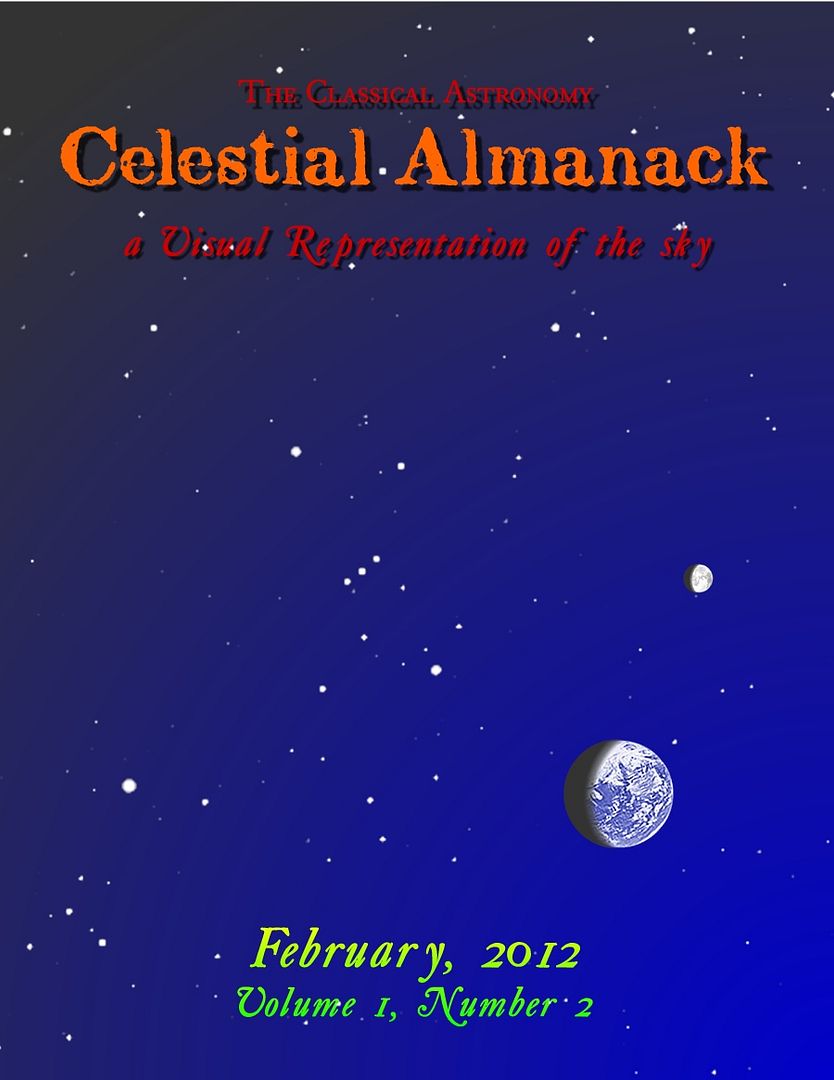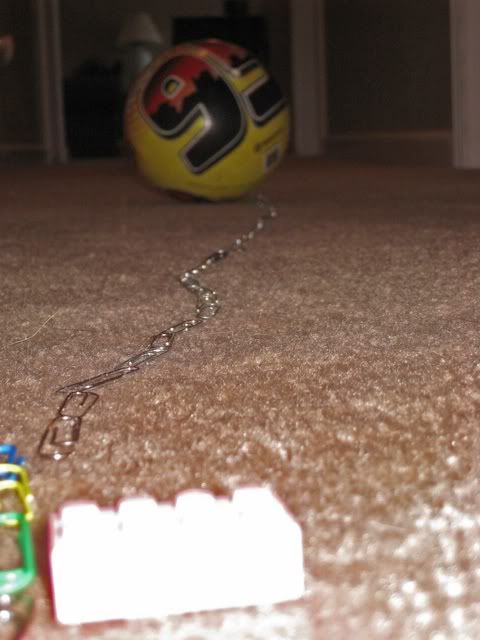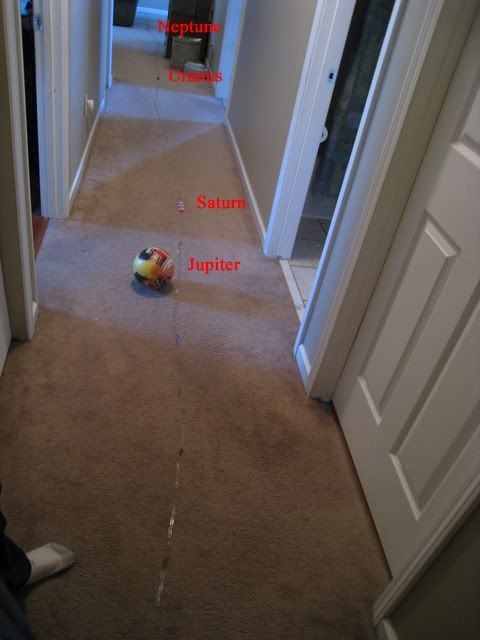So far it's been Fritz's favorite science subject-- I think that's because it's Daddy's favorite too. The Toolman has a 10 inch Dobsonian telescope and a pair of astronomical binoculars. Until the nearby town builds its new sports park with its big lights we have a fairly dark sky--you can just make out the Milky Way if there's no moon. We used Apologia's Exploring Creation with Astronomy two years ago and now we're revisiting the subject so Fritz can earn his Astronomy Merit badge in Royal Rangers.
The great thing about astronomy is it's available to anyone--just step outside your door after sunset. Even in the big city you'll be able to observe the moon and watch it go through it's phases. If you have a good pair of binoculars you can study its various craters and other features. A word of caution though, you won't believe how bright the moon is when you look at it for long. It can make your eyes water.
Move further away from the bright city lights and now you can see constellations. Orion and the Big Dipper (which is technically an asterism not a constellation) our my favorites. Schnickelfritz can also identify Cassiopeia and the Great Square of Pegasus. And did you know that some of the brightest objects you see aren't stars at all--they're planets! Last night when we stepped out our door we saw a fingernail moon with Venus and Jupiter above it. We kept checking on it till it disappeared below the horizon.
Want to learn more but aren't able to afford your own telescope? Check around for an amateur astronomy club in your area. The Toolman belonged to one on the outskirts of Indianapolis. He hardly needed to haul his own scope because everyone was more than willing to let him look through theirs. They take a lot of pride in being able to focus in on specific items of interest (usually referred to as Messier object) and love to share what they've found.
 |
| Photo by John Green 2/23/2012 |
If you or your older students would like a more demanding study of astronomy, try the materials by Answers in Genesis' Dr. Jason Lisle. The Toolman actually traveled down to the Creation Museum for an astronomy night hosted by Dr. Lisle. When the lines to view the two telescopes got too long, my husband set up his astro-binoculars for people to look through (remember I said astronomy buffs like to share). After the event Dr. Lisle said thanks with a donation of his Taking Back Astronomy book and several DVDs. The book is filled with gorgeous photographs from the Hubble telescope. The text (and the DVD's) are challenging even for me and I got A's in my two semesters of college physics--topics like the distant starlight problem and the recession of the moon (did you know the moon was moving away from the earth about 3.8 cm/year?)
If this is all too much, then don't neglect the simple things. Our favorite summer pastime is to start a campfire and watch the stars pop out at dusk. We're the family laying on the driveway looking up at the night sky (sometimes we go out early to watch for bats too). Like I said to start, astronomy is there to be enjoyed at whatever level you can manage.
If you'd like to see what others chose for their "A" topic, check out the post at Ben & Me. I gave it a quick perusal and saw adoption, advice, Amazon, and apple. And be sure to check back next week to see what I chose for "B." Will it be basketball, butter, or biology?





